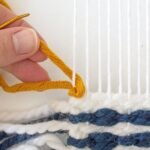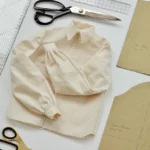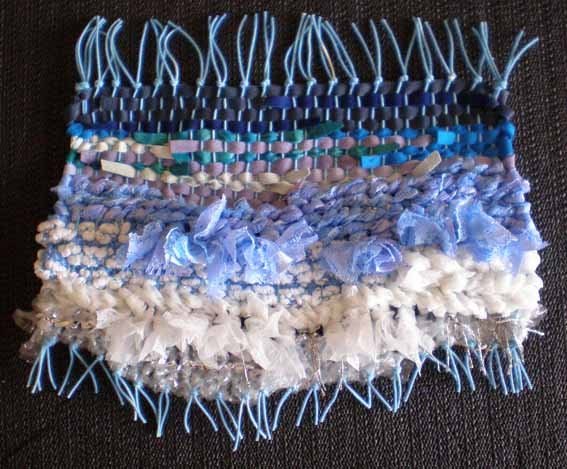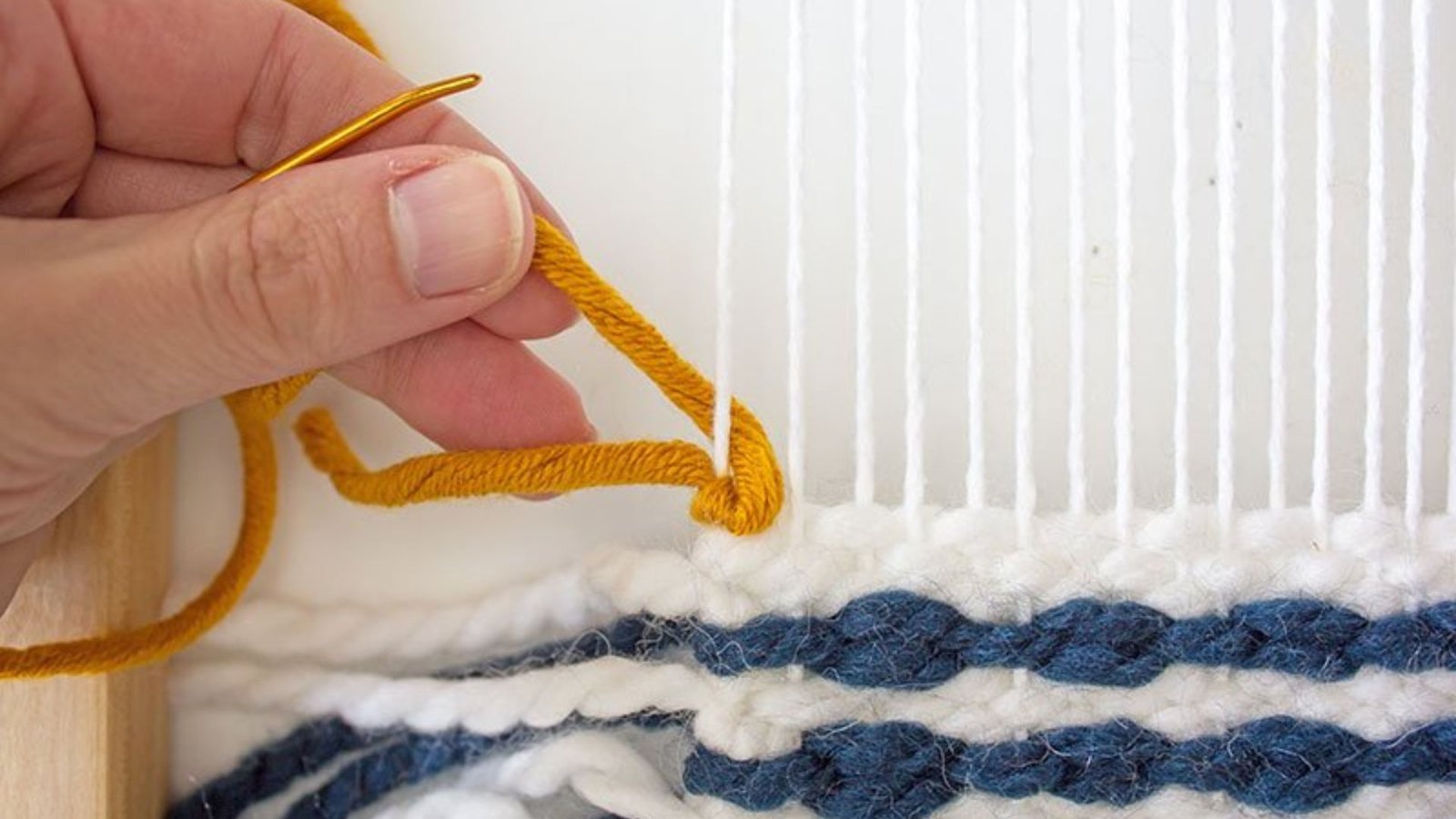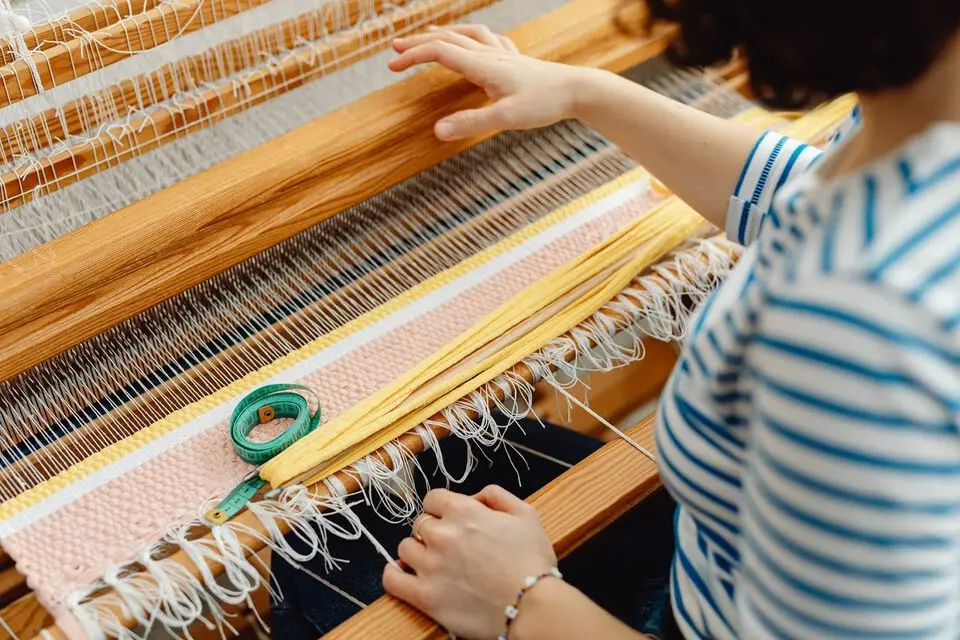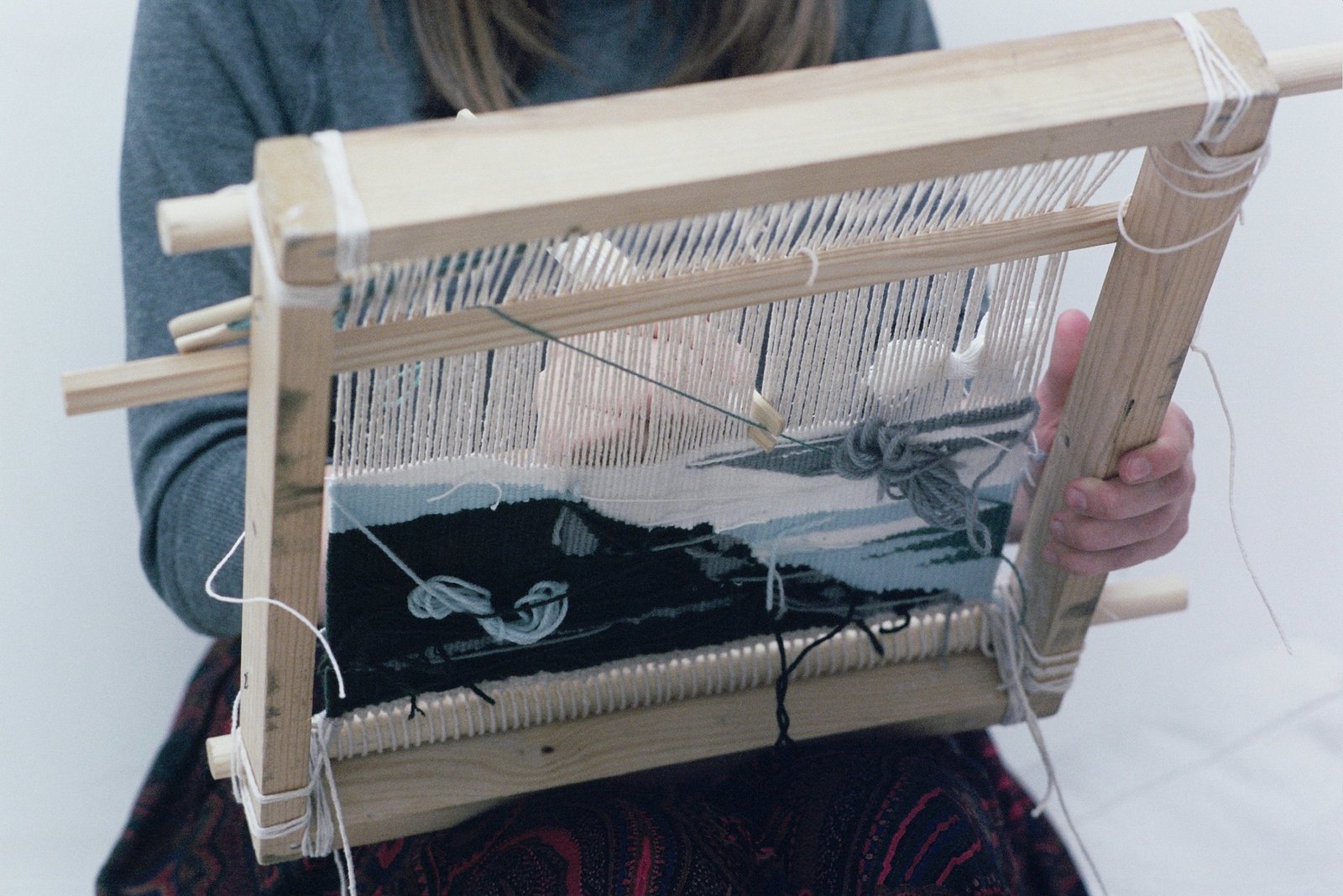Choosing the right weaving materials is crucial for achieving the desired texture, durability, and aesthetic of your woven project. Each material has unique properties that influence the final outcome, from the feel and appearance to the functionality of the fabric. This guide explores various weaving materials, helping you understand their characteristics and applications.
Natural Fibers
Cotton
Cotton is one of the most versatile and widely used natural fibers in weaving. It is known for its softness, breathability, and absorbency. Cotton yarns are easy to work with and come in a range of weights and textures, making them suitable for various projects, including clothing, home textiles, and accessories.
Wool
Wool is a warm, durable fiber that adds a cozy feel to woven items. It has excellent insulating properties and natural elasticity, which helps woven fabrics maintain their shape. Wool is commonly used for creating blankets, scarves, and rugs. It can be worked in different textures, from soft merino to sturdy tweed.
Silk
Silk is a luxurious and smooth fiber with a natural sheen. It drapes beautifully and has a soft, flowing quality that adds elegance to woven fabrics. Silk is ideal for high-end clothing, scarves, and decorative textiles. It is more delicate than other fibers and requires careful handling.
Linen
Linen is known for its crisp texture and durability. It has a natural luster and becomes softer with each wash. Linen is highly breathable and moisture-wicking, making it ideal for warm-weather clothing and home textiles like tablecloths and towels.
Synthetic Fibers
Polyester
Polyester is a strong, durable synthetic fiber that is resistant to wrinkles, shrinking, and stretching. It is often blended with natural fibers to enhance fabric performance. Polyester yarns are used in a wide range of applications, from upholstery to activewear.
Nylon
Nylon is a versatile synthetic fiber known for its strength and elasticity. It is often used in applications where durability and resistance to abrasion are required, such as in carpets, activewear, and outdoor gear. Nylon can be blended with other fibers to enhance fabric properties.
Acrylic
Acrylic is a lightweight, synthetic fiber that mimics the feel and appearance of wool. It is often used as a more affordable alternative to wool in knitting and weaving projects. Acrylic is resistant to moths and mildew, making it suitable for a variety of textiles, including blankets and garments.
Specialty Fibers
Alpaca
Alpaca fibers are soft, lightweight, and warm. They have a natural sheen and come in a range of natural colors. Alpaca is often used for luxury garments and accessories like sweaters and scarves. It is hypoallergenic and less likely to cause itching compared to wool.
Bamboo
Bamboo fibers are eco-friendly and have a silky texture with natural antibacterial properties. Hence, Bamboo is highly absorbent and breathable, making it ideal for clothing, towels, and bed linens. It is a sustainable choice, as bamboo grows quickly and requires fewer resources compared to other fibers.
Hemp
Hemp is a strong and durable fiber with a rustic texture. It is highly absorbent and becomes softer with each wash. Hemp is used in various applications, including clothing, bags, and home textiles. It is an environmentally friendly option due to its low impact on the environment.
Blended Yarns
Cotton-Polyester Blends
Cotton-polyester blends combine the softness and breathability of cotton with the durability and wrinkle-resistance of polyester. This blend is often used in everyday clothing and home textiles, providing a balance of comfort and practicality.
Wool-Acrylic Blends
Wool-acrylic blends combine the warmth and elasticity of wool with the affordability and ease of care of acrylic. This blend is commonly used in sweaters, blankets, and other knit or woven items, offering a balance of performance and cost.
Silk-Cotton Blends
Silk-cotton blends offer the luxurious feel of silk with the softness and durability of cotton. This blend is used in high-end clothing and accessories, providing a smooth, elegant finish with added practicality.

Conclusion
Selecting the right weaving materials is essential for achieving the desired outcome in your projects. Each fiber offers distinct characteristics that influence the texture, durability, and appearance of the final fabric. By understanding the properties of various materials, you can make informed choices and create woven items that meet your needs and preferences.




